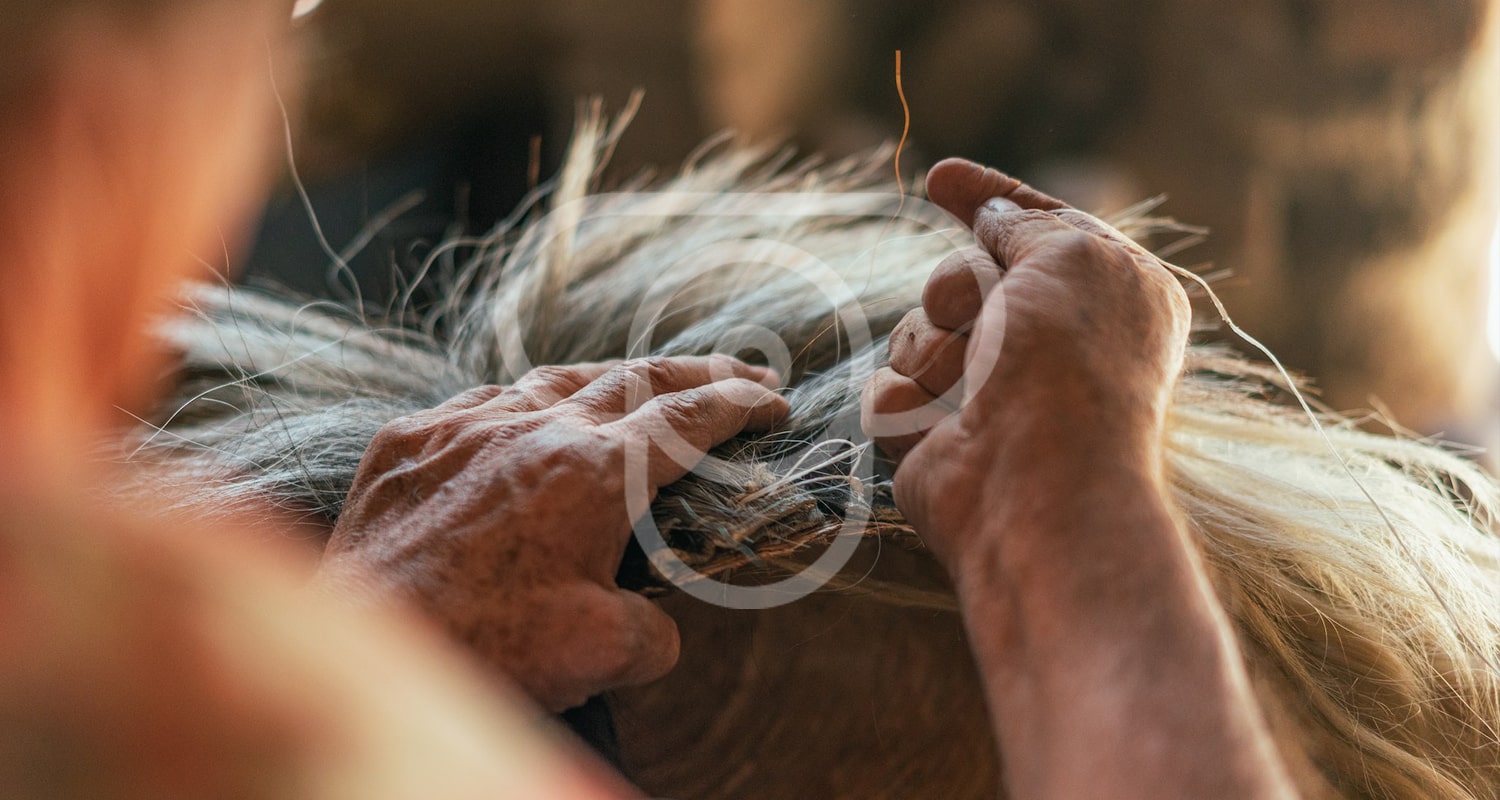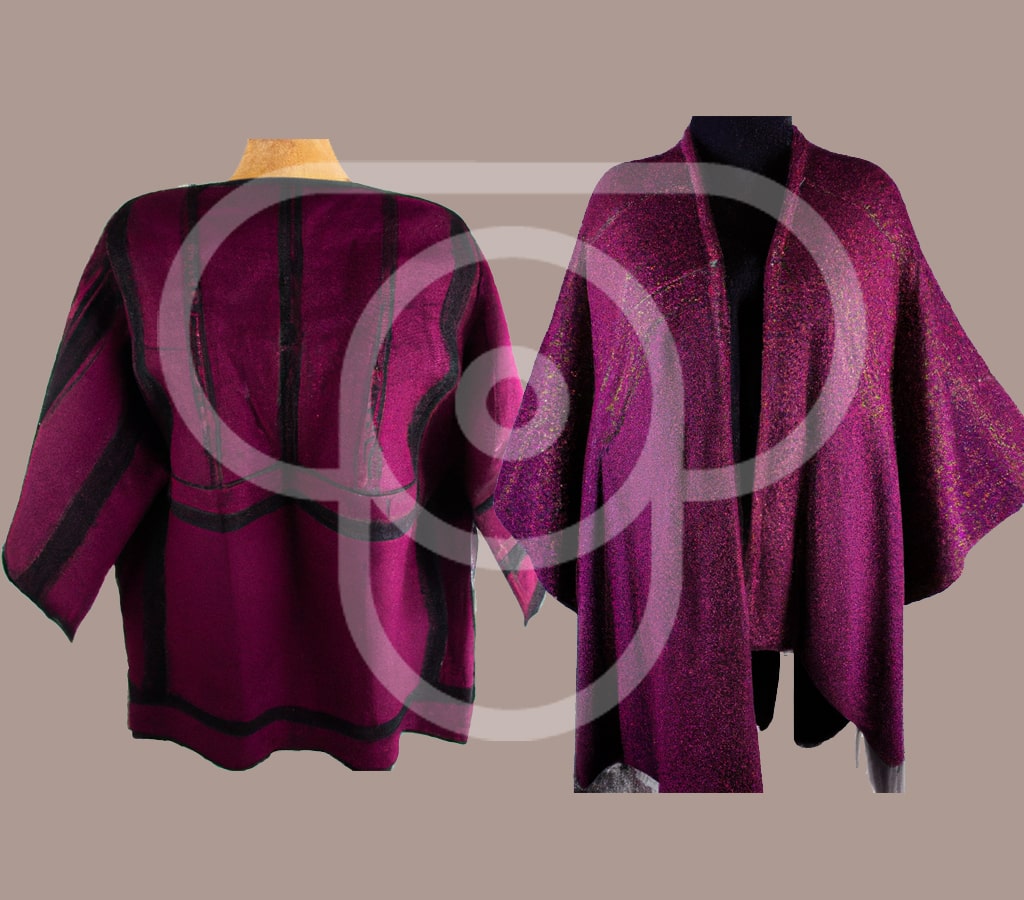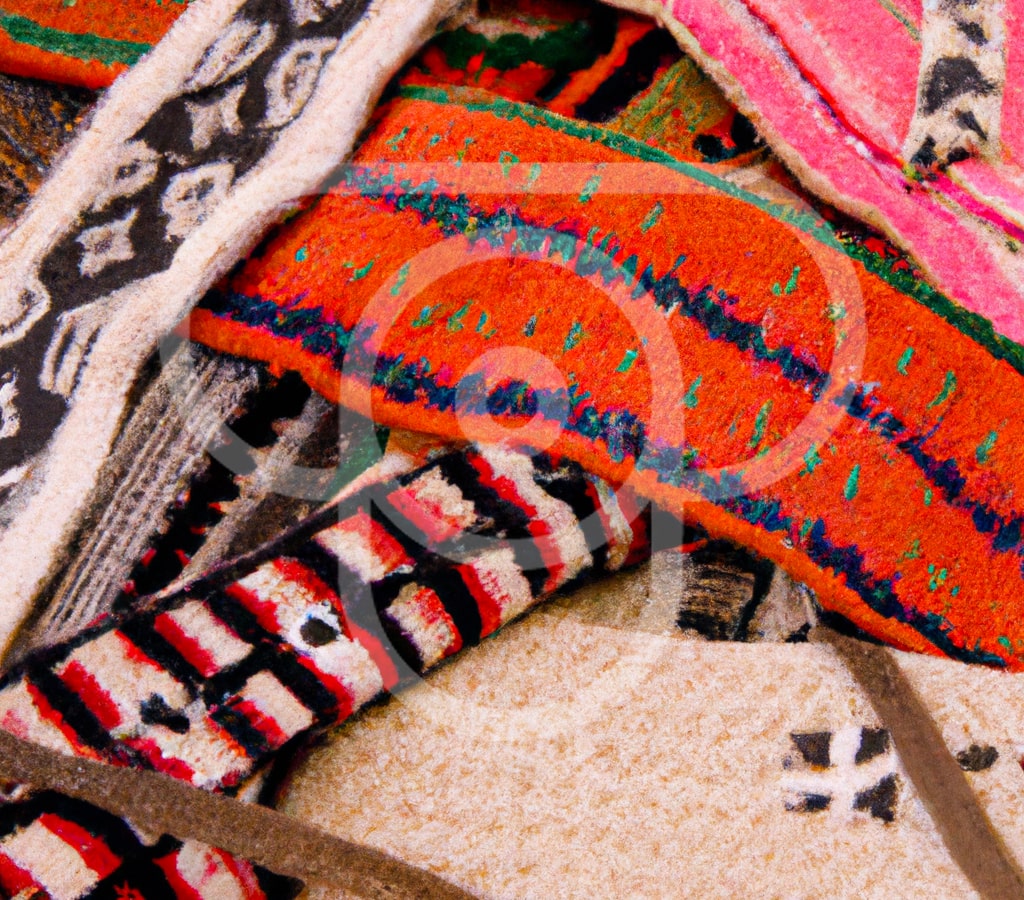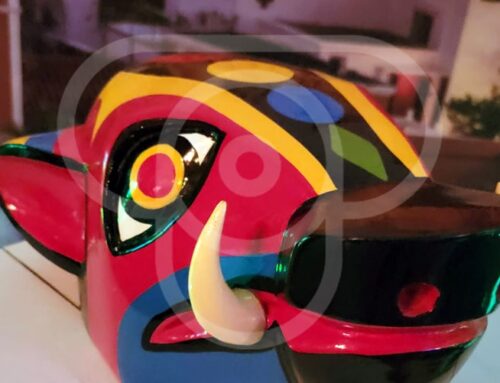Artisans Preserving Traditions in Argentina
Argentina, home to the Andes mountains, is surrounded by natural beauty that has inspired artists for millennia. The artisans of Argentina are known for their ponchos, fajas, and bombachas that were worn by the gauchos (skilled horsemen). This nomadic style has infiltrated global fashion, and the handcrafted symbols of Argentinian heritage can be seen all across the world.

Poncho
The poncho is the main artisanal product of Argentina and is made from the wool of llama, alpaca, sheep, guanaco, and vicuña. This rectangular piece of cloth was adorned by natives who lived in the mountains and plains well before they had horses. The poncho allowed the riders’ arms to be free to use the reins while providing ample protection from the weather: rain, snow, or sun.

These wearable works of art are made from silk, cotton, and wool and were also used as an expression of the gaucho’s identity. When the llamas are sheared in November and December, there is a “señalada” ceremony, where the animals and Pachamama (mother earth) are thanked and honored. To make the threads from wool, the fibers are cleaned, dried in the sun, and stretched into a fleece. A wooden spindle is then used to hand spin the fabric with different weaving techniques depending on the community, traditions, and popular designs. Natural dyes are obtained from the surrounding landscape, acting as a direct reflection of their environment. Walnut shells, beetroot, rhubarb, and mulberries are just a few examples of natural ways the artisans of Argentina obtain a variety of colors.
Fajas
Fajas are brightly colored woven bands made of sheep wool that are tightly worn around the waist for the gaucho to put his facón, knife, or weapon on his back. Women would also wear the fajas with their dresses. These belts are traditionally woven by women in small communities using wood and waist looms. Girls begin to learn this trade by the age of eight, with the craft being passed down from generation to generation. Besides being fashionable, fajas serve a greater purpose of identifying the group the person belongs to and can also protect the wearer from bad energies.

Fileteado
This highly stylized artform originally was used as decoration for wagons in the 20th century by the Italian immigrants in Buenos Aires. It is identifiable with Gothic lettering, rigid symmetry, lively primary colors, stylized lines (filetes – “threads”), shading, symbolic objects, and an enclosed decorative frame. The popular art is inspired by neo-classical architecture and includes elaborate spirals.

Argentina culture has spread across the world with the brightly colored poncho, fashionable faja belt, and eccentric fileteado paintings. Inspired by the rugged cowboy of the Andes and mountainous landscape, the artisans of Argentina tell a story of romance and adventure with their crafts.

